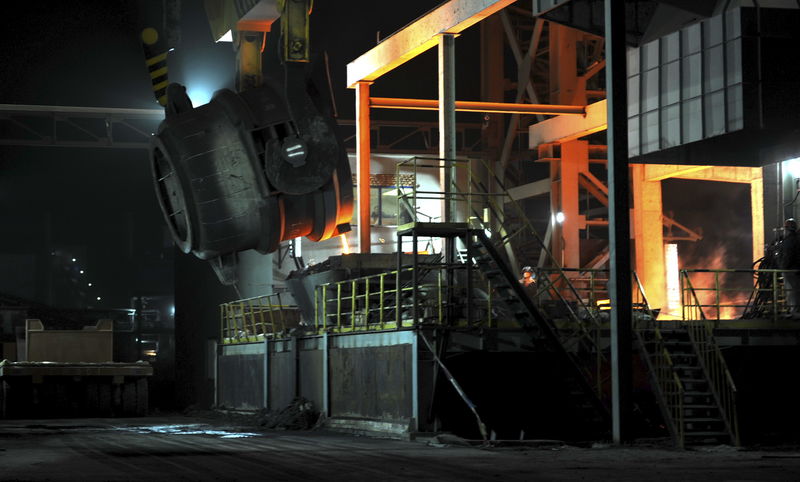BEIJING (Reuters) - China's activity data remained weak in the first two months of 2016, with factory output growth hitting the weakest since the global financial crisis, keeping pressure on policymakers to do more to avert a sharper showdown in the world's second-largest economy.
Factory output grew 5.4 percent in January and February from a year earlier, data released by the National Bureau of Statistics (NBS) showed, slowing from a 5.9 percent rise in December to the weakest since November 2008.
Economists polled by Reuters had expected factory output to grow 5.6 percent in the first two months from a year earlier.
Retail sales, a gauge of domestic consumption, rose 10.2 percent in the first two months - the weakest since May 2015, versus expectations of a 10.8 percent rise.
However, fixed-asset investment, a crucial driver China's economy, rose 10.2 percent in the first two months from a year earlier, beating expectations of 9.5 percent.
The government reports combined January and February growth figures for the factory output, investment and retail sales, to smooth out seasonal distortions caused by the long Lunar New Year holiday, when most companies shut down.
The government has set a growth target of 6.5 percent to 7 percent for this year. A spate of soft data points to further weakness at the start of the year as Beijing struggles to cushion the slowdown.
Top leaders have already pledged "supply-side structural reforms" to tackle excess factory capacity and are also expected to step up policy support to help avert an economic hard landing.

China's economy expanded an annual 6.9 percent in 2015, its slowest pace in 25 years.